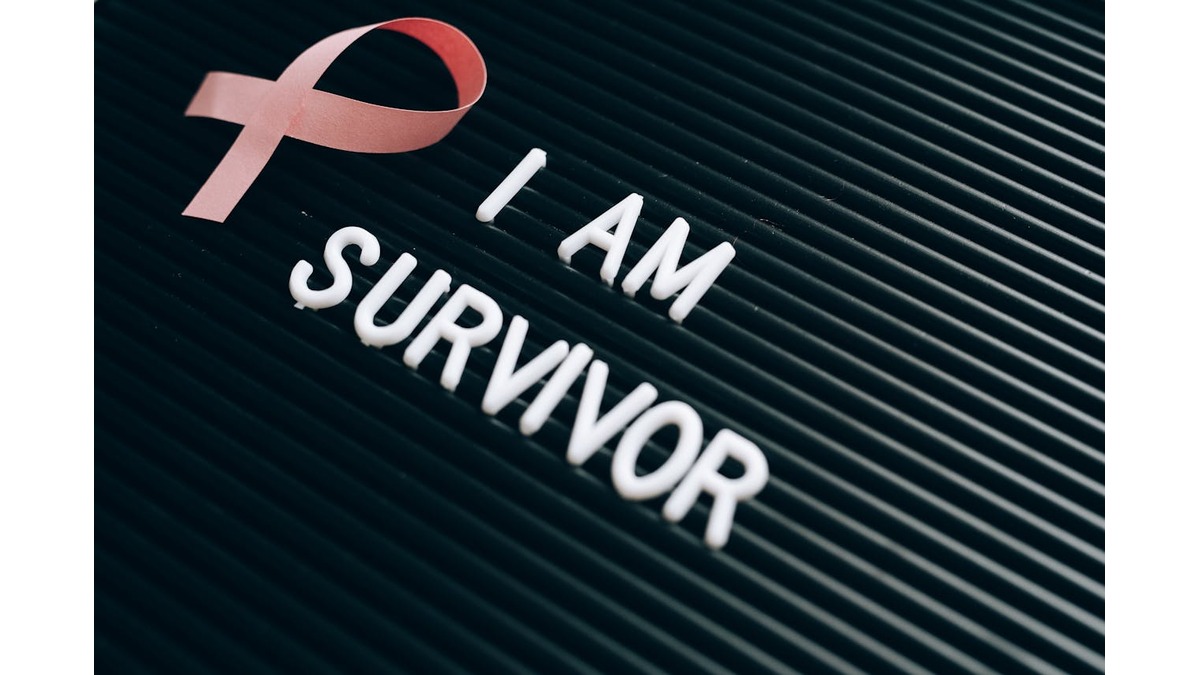Introduction:
Suspicion is a powerful emotion. It can change the course of lives and alter decisions. The New York Times has mastered the art of Arousing Suspicion nyt through investigative journalism. Their stories not only inform but also provoke thought and curiosity. Let’s delve into how The New York Times excels in this craft.
The Craft of Investigative Journalism
Investigative Journalism: Uncovering Hidden Truths
Investigative journalism is about uncovering hidden truths. The New York Times has a dedicated team that digs deep into stories. They leave no stone unturned, ensuring every piece of information is accurate and impactful. This commitment to truth makes their stories compelling.
Techniques Used by The New York Times
The New York Times uses various techniques to arouse suspicion. They start with meticulous research. Journalists gather data, interview sources, and verify facts. They craft narratives that weave these elements together, creating an engaging and thought-provoking story.
Impactful Stories That Arouse Suspicion
The Watergate Scandal
One of the most famous examples is the Watergate scandal. The New York Times played a crucial role in exposing this political scandal. Their thorough investigation led to the resignation of a sitting president, showcasing the power of suspicion in journalism.
Corporate Misconduct Exposés
The New York Times also exposes corporate misconduct. Their stories on financial fraud and unethical practices in big corporations often arouse public suspicion. These exposés lead to increased scrutiny and, sometimes, legal action against the companies involved.
Ethical Considerations in Arousing Suspicion
Maintaining Integrity and Accuracy
While arousing suspicion is powerful, it comes with ethical responsibilities. The New York Times ensures that their stories are accurate and fair. They avoid sensationalism and focus on presenting the facts. This approach maintains their credibility and trust with readers.
Balancing Public Interest and Privacy
The balance between public interest and privacy is crucial. The New York Times carefully navigates this balance. They ensure that the public’s right to know is not at the expense of individual privacy. This ethical stance strengthens their position as a trustworthy news source.
Conclusion: The Ongoing Influence of The New York Times
The New York Times continues to be a beacon of investigative journalism. Its ability to arouse suspicion is unmatched. Through meticulous research, compelling narratives, and ethical journalism, it keeps the public informed and engaged. Its stories not only reveal hidden truths but also inspire action and change.
Adapting to the Digital Age
The New York Times has adeptly transitioned to the digital age. With the rise of the Internet, the way news is consumed has changed dramatically. The Times has embraced this shift, leveraging digital platforms to reach a wider audience. Their online presence allows them to publish stories instantly, keeping the public informed in real time.
Interactive Storytelling Techniques
Digital media offers new tools for storytelling. The New York Times uses interactive graphics, videos, and podcasts to enhance its stories. These multimedia elements engage readers deeply, making complex stories more accessible and understandable. Interactive content not only captures attention but also provides a richer narrative experience.
Community Engagement and Reader Trust
Building a Loyal Readership
The New York Times strongly emphasizes community engagement. It actively seeks feedback from readers, fostering a two-way dialogue. This engagement builds a loyal readership that trusts the publication. Reader trust is paramount in journalism, and The New York Times has cultivated it through transparency and responsiveness.
Fact-Checking and Transparency
To maintain credibility, the New York Times employs rigorous fact-checking processes. It is also transparent about its sources and methods, providing readers with confidence in the accuracy of its reports. This commitment to transparency sets a high standard in the industry and reinforces the publication’s integrity.
Challenges Faced by Investigative Journalists
Threats to Press Freedom
Investigative journalists often face significant challenges. Threats to press freedom are a primary concern. Journalists can be subjected to legal pressures, threats, and even physical harm. The New York Times stands firm against such threats, advocating for the protection of press freedom globally.
Financial Pressures and Sustainability
Financial pressures are another challenge. High-quality investigative journalism is resource-intensive. The New York Times has diversified its revenue streams to sustain its investigative efforts. Subscriptions, digital advertising, and partnerships help fund their in-depth reporting, ensuring they can continue to produce impactful stories.
The Future of Investigative Journalism at The New York Times
Embracing Innovation
The future of investigative journalism at The New York Times looks promising. They continually embrace innovation and explore new technologies and methods to enhance their reporting. Artificial intelligence, data journalism, and advanced analytics are some of the tools they are incorporating to stay ahead in the industry.
Training the Next Generation of Journalists
The New York Times is also dedicated to training the next generation of journalists. It invests in internships, fellowships, and educational programs. By nurturing young talent, the Times ensures the continuity of its high standards and ethical journalism practices.
In conclusion, The New York Times’ approach to arousing suspicion is a testament to the power of investigative journalism. Their stories have a lasting impact, demonstrating the importance of a free and vigilant press in our society. Jann Mardenborough Wife
